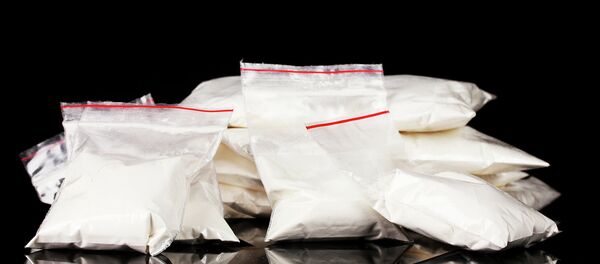According to a new report from the US Centers for Disease Control, heroin use between the years 2011 and 2013 has seen a 63% increase since the years 2002 to 2004. Out of every 1,000 US residents surveyed above the age of 11, nearly three have at least tried the drug.
Other numbers paint an even more alarming picture. Over the same period, heroine dependency or abuse has risen by 90%, and deaths from overdosing have quadrupled.
In 2013 alone, 8,257 individuals were killed by their addictions.
"Heroin use is increasing rapidly across nearly all demographic groups, and with that increase, we are seeing a dramatic rise in deaths," CDC chief Dr. Tom Frieden, according to the BBC.
In total, over a half million people used heroin in 2013, a 150% increase from 2007, and while usage rose among all demographic groups, the greatest increases come from surprising groups: namely, women and the middle class.
According to the report, those with an income above $50,000 saw a 60% increase in heroin use. For individuals with private insurance, the number rose to 62%.
Among women, heroin use doubled in the last decade.
What, exactly, accounts for such dramatic increases? The report suggests that the numbers coincide with the rise of prescription medication in the United States, which can serve as a gateway drug.
"Most heroin users have a history of nonmedical use of prescription opioid pain relievers, and an increase in the rate of heroin overdose deaths has occurred concurrently with an epidemic of prescription opioid overdoses," the report reads.
Frieden puts it another way.
"We are priming people to addiction to heroin with overuse of prescription opiates," he said during a news conference, according to the LA Times.
"More people are primed for heroin addiction because they are addicted to prescription opiates, which are, after all, essentially the same chemical with the same impact on the brain."
These medical opiates were ordinarily reserved for only the most serious diseases. People suffering excruciating end-of-life pains were given opiates to ease the aching. More and more often, these prescriptions are handed out for more minor complications.
The heroin epidemic is also affecting public health in other ways. More drug-addicted children are being born. Car accidents caused by impaired drivers are on the rise. One of the largest growing health risks as a result of heroin use is a new rise in HIV infections.
As a doctor who started my career taking care of patients with HIV and other complications from injection drugs, Frieden said during the conference.
"It’s heartbreaking to see injection drug use making a comeback in the US."





